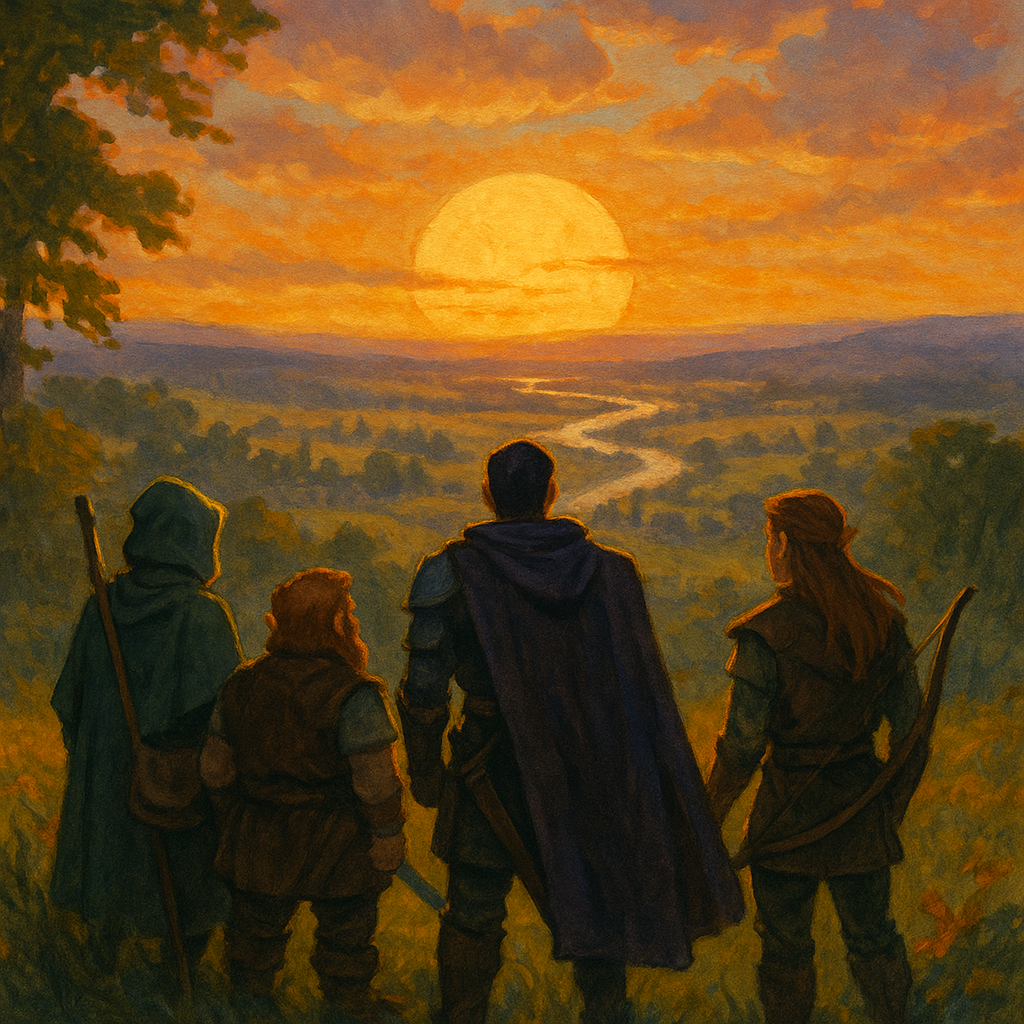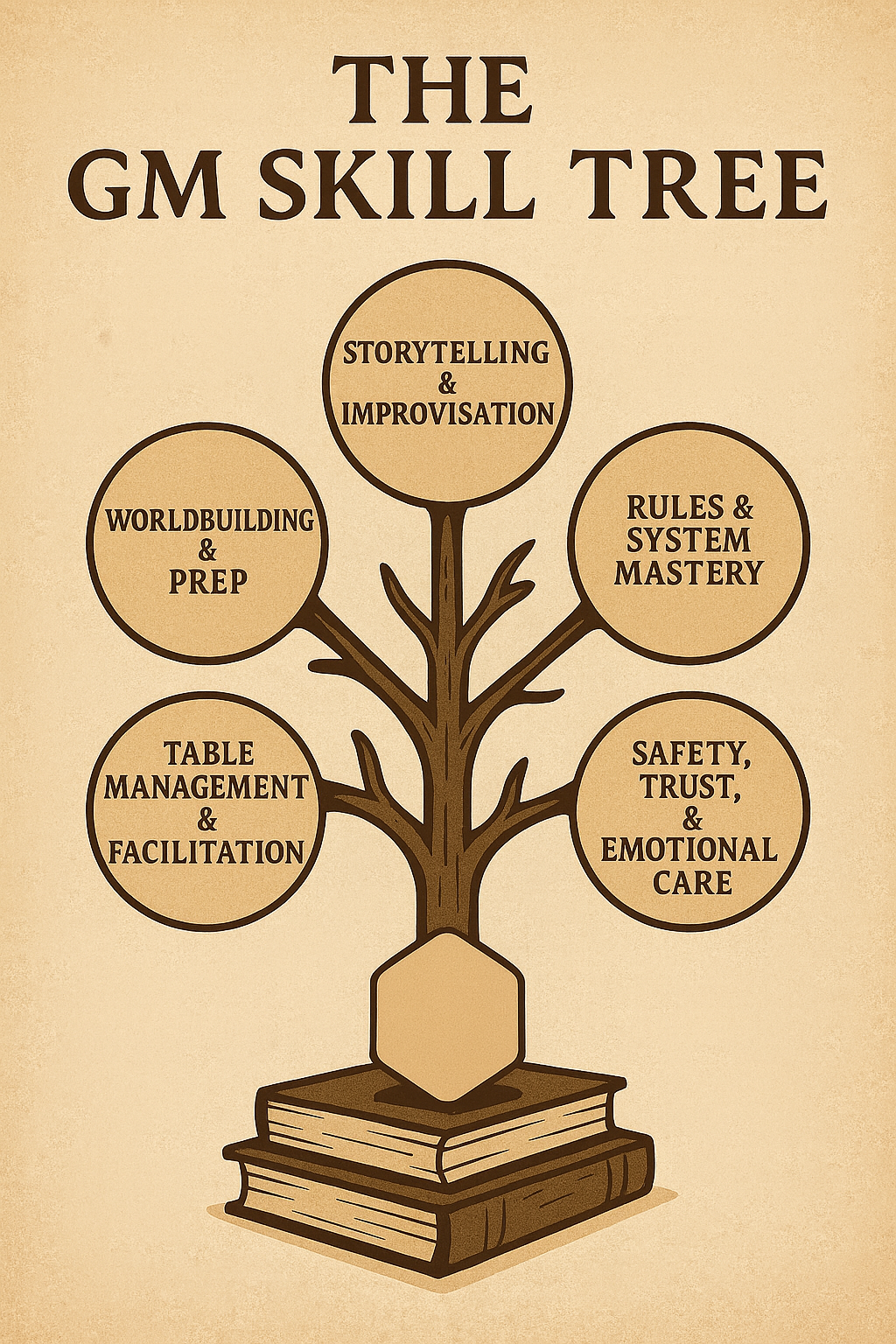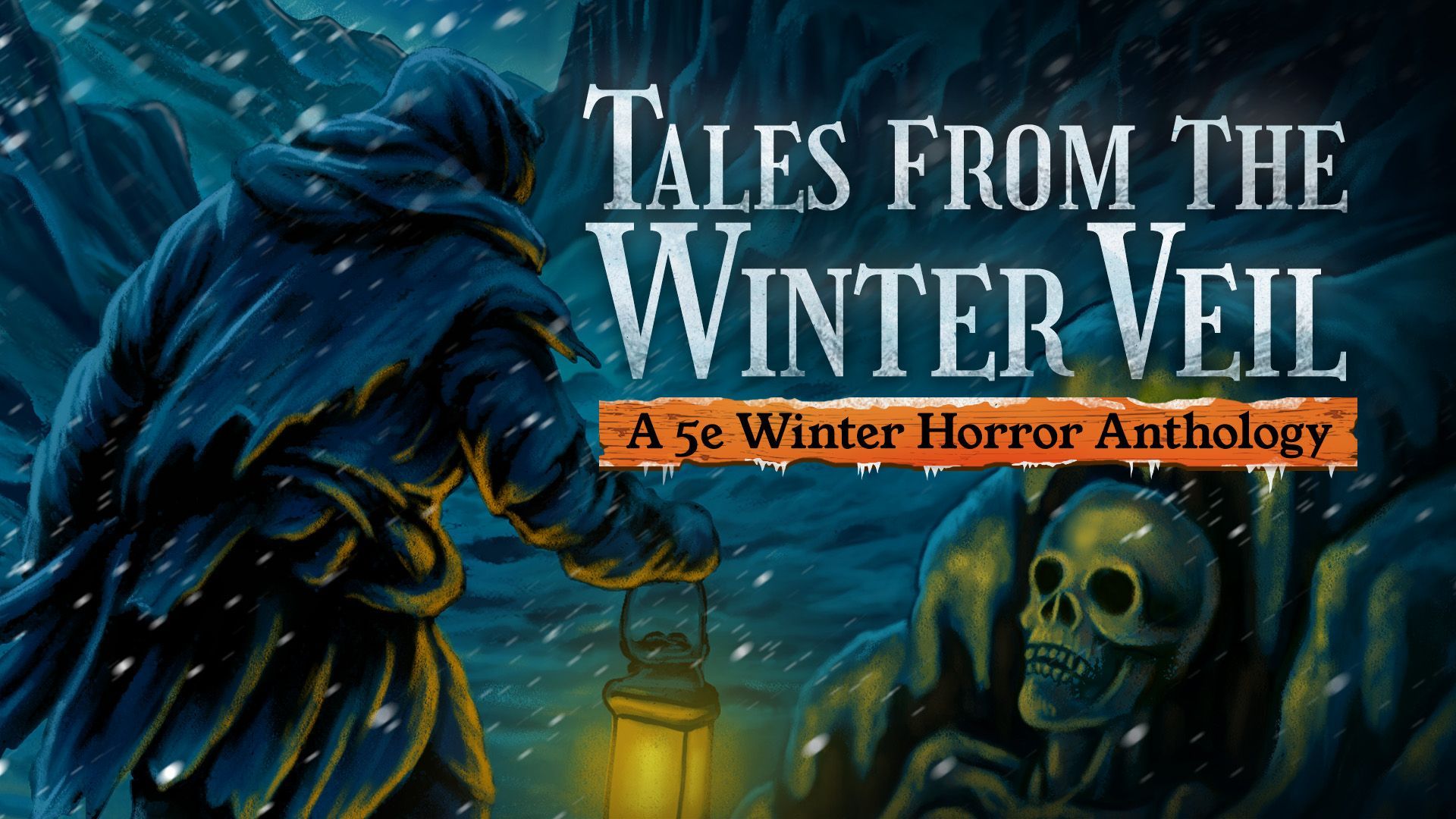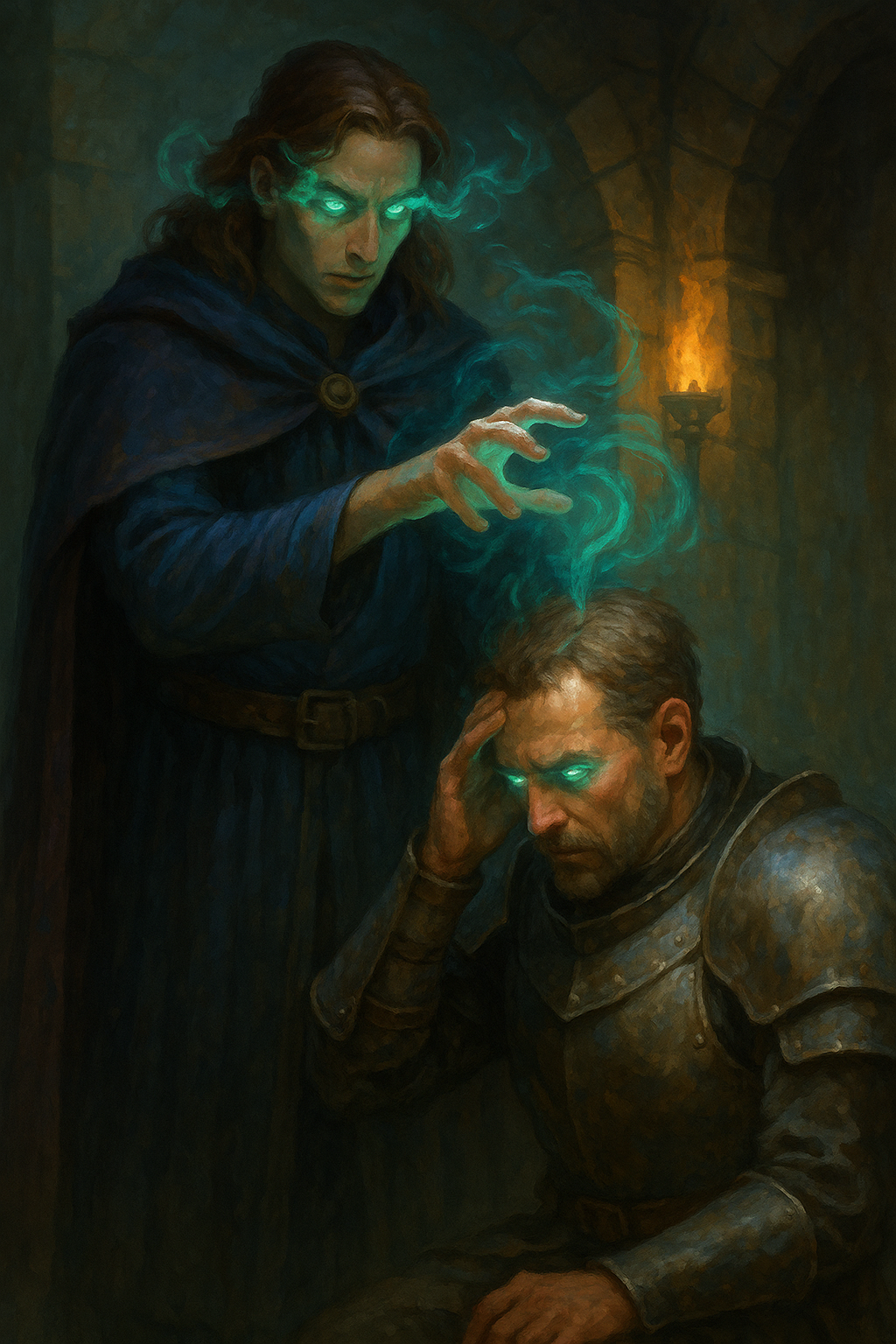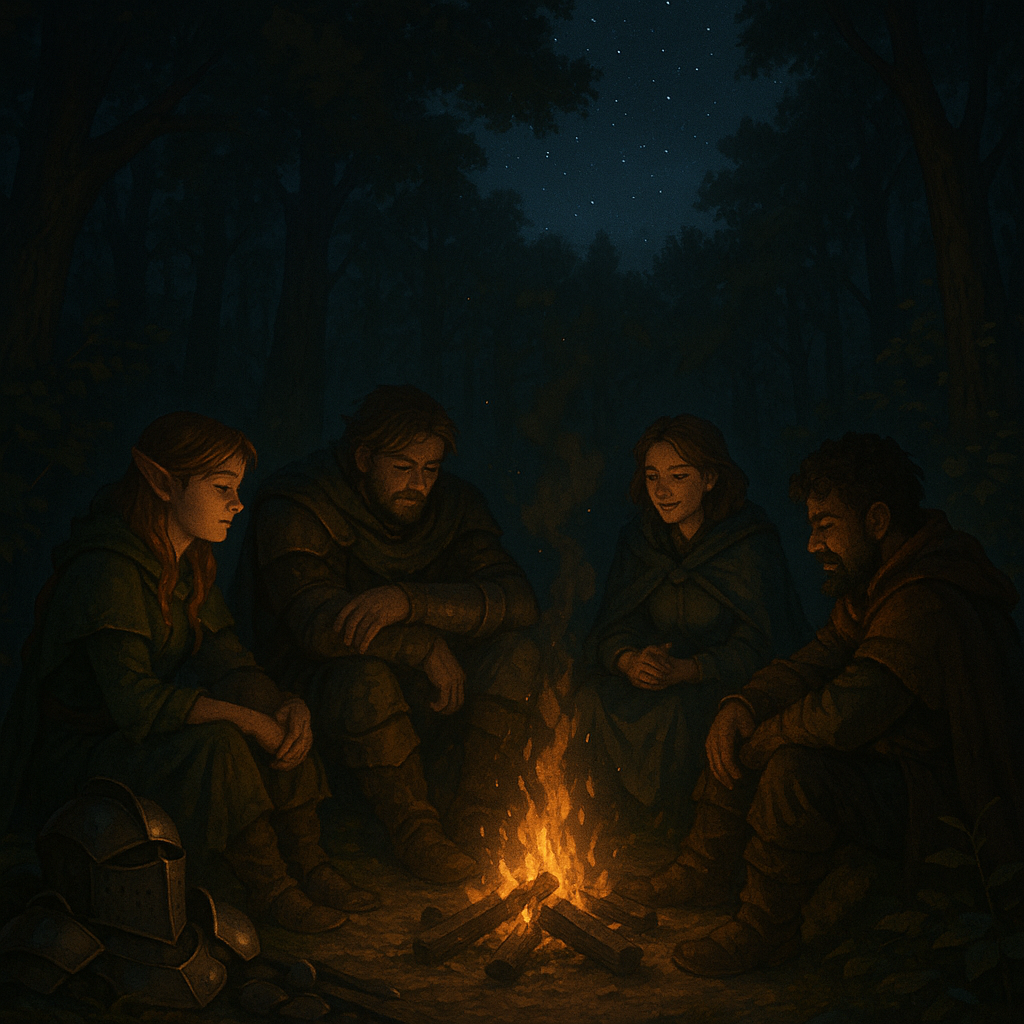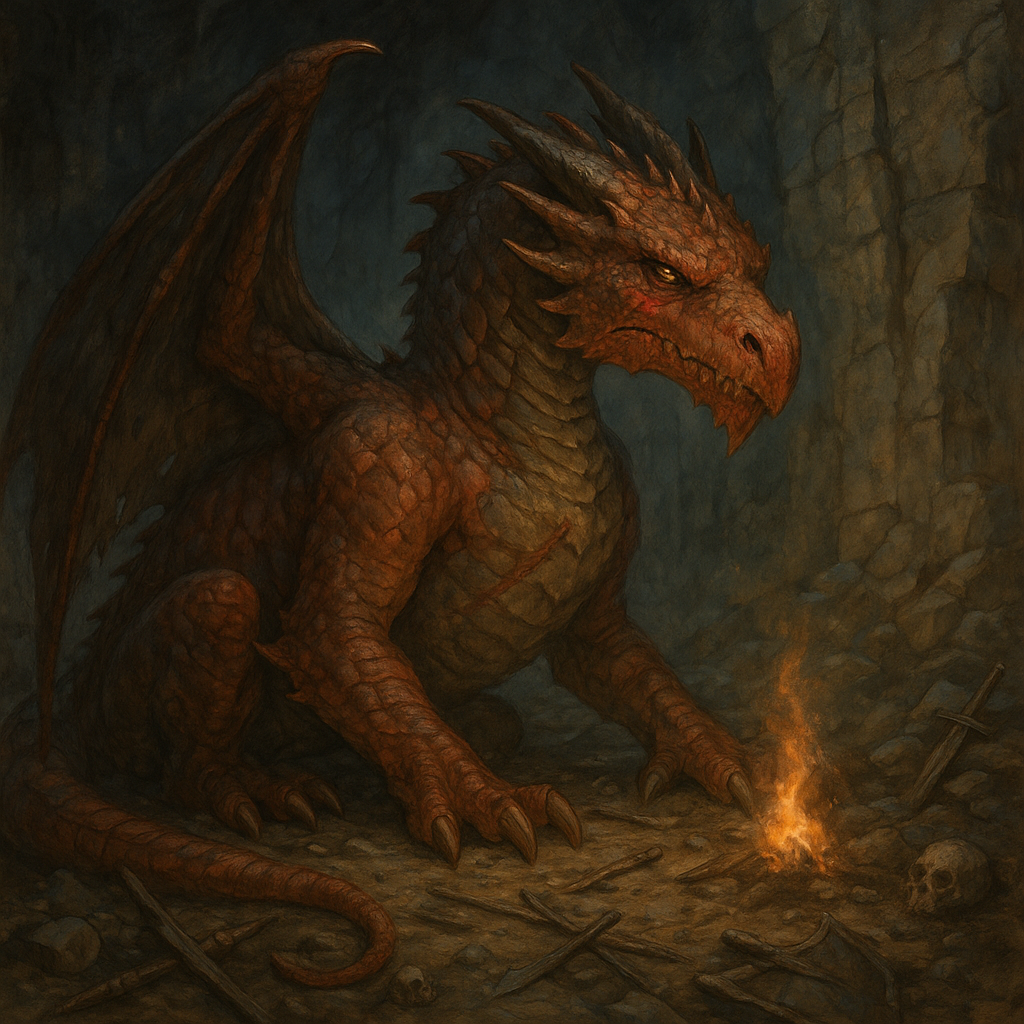Monsters of Myth: A Deep Dive into Iconic Creatures in Dungeons & Dragons
Dear Readers, welcome once again to the fantastical realm of Dungeons & Dragons, where imagination knows no bounds and creatures of myth and legend come to life. In the vast tapestry of this iconic tabletop role-playing game (RPG), one of the most enchanting aspects is the plethora of monsters that inhabit its realms. From the menacing dragons that soar through the skies to the cunning goblins that lurk in the shadows, Dungeons & Dragons (D&D) has given birth to an extensive bestiary that captivates players and storytellers alike.
In this deep dive into the monsters of myth, we’ll unravel the tales behind some of the most iconic creatures that have become synonymous with the Dungeons & Dragons experience. These creatures are not merely adversaries to be vanquished; they are the embodiment of creativity, weaving a rich narrative tapestry that has enthralled generations of gamers. So, gather around the virtual table, roll those dice, and let’s embark on a journey through the realms of fantasy where monsters reign supreme.
Dragons: Majestic Lords of the Skies
No discussion of Dungeons & Dragons monsters would be complete without paying homage to the majestic and fearsome dragons. These colossal, winged creatures are not just monsters; they are iconic symbols of fantasy literature and role-playing games. In the D&D multiverse, dragons are not just powerful adversaries; they are intelligent beings with distinct personalities, motivations, and even alignments.
Dragons come in various colors, each representing a different alignment and elemental affinity. The chromatic dragons, including the red, blue, green, black, and white dragons, are typically evil and embody destructive forces. On the other hand, metallic dragons, such as gold, silver, bronze, copper, and brass dragons, are generally good-natured and champions of justice. This alignment system adds depth to each encounter with a dragon, turning it into a unique and memorable experience (and color-coded for your convenience!).
Dragons are known for their breath weapons, powerful magical abilities, and immense physical strength. Facing a dragon is not just a battle; it’s an epic struggle against a living force of nature. The thrill of encountering a dragon, whether as an adversary or an ally, is one of the defining moments in any D&D campaign.
Beholders: All-Seeing Eyes of Madness
In the dark corners of the Underdark and the twisted planes of existence, the beholders lurk, their bizarre and nightmarish forms striking fear into the hearts of adventurers. These floating orbs with a single giant eye and numerous smaller eye stalks are one of the most iconic and peculiar creations in the D&D monster manual.
Beholders are known for their paranoia-inducing abilities, each eye stalk capable of unleashing a different magical effect. From disintegration rays to charm spells, beholders are a formidable and unpredictable foe. What makes them truly fascinating, however, is their alien mindset. Beholders are intensely xenophobic, viewing all other creatures as inferior and dangerous. This makes negotiation or peaceful interaction with a beholder a rare and challenging feat.
The beholder’s appearance is not only memorable but also highly distinctive. No two beholders look exactly alike, and they are known to have a strong aversion to their own kind. This uniqueness adds a layer of intrigue to encounters with these creatures, as players never quite know what to expect when facing a beholder.
Mind Flayers: Masters of the Psychic Arts
Delving deeper into the mysteries of the Underdark, we encounter the mindflayers, aberrations with a penchant for psionics and a taste for brains. Also known as Illithids, mindflayers are nightmarish creatures with octopus-like heads, tentacled mouths, and a hunger for the minds of sentient beings.
Mindflayers are often portrayed as sinister masterminds, manipulating events from the shadows with their powerful psychic abilities. They are known for their mind-controlling powers, capable of dominating the wills of others and turning them into thralls. The mere presence of a mindflayer can instill terror, as adventurers must grapple not only with their formidable physical abilities but also the mental onslaught that these creatures can unleash.
What makes mindflayers particularly intriguing is their mysterious origin and connection to the enigmatic Elder Brain. This colossal, sentient mass of giant brain-like mass with writhing tentacles serves as the hive mind for the illithid colonies, linking them telepathically and providing a shared pool of knowledge and experiences. The mindflayers’ connection to this Elder Brain adds a layer of complexity to their role in the D&D universe, making them more than just monstrous adversaries.
Tiamat: Queen of Chromatic Dragons
While individual dragons are awe-inspiring in their own right, Tiamat stands as a singular and fearsome entity—a five-headed dragon goddess embodying the chromatic dragons’ might. Tiamat is a symbol of chaos and destruction, a force to be reckoned with even by the mightiest of adventurers.
In D&D lore, Tiamat is often portrayed as a malevolent and scheming deity, seeking to spread discord and subjugate all in her path. Her five heads represent the five chromatic dragon types, each with its breath weapon and distinct personality. Tiamat is not merely a dragon; she is a godlike being with the power to reshape the very fabric of reality.
Encounters with Tiamat are the stuff of legends, epic battles that can span entire campaigns. The stakes are high when facing a deity, and the challenges posed by Tiamat are not just physical but often involve intricate plots and machinations. As a central figure in D&D’s rich pantheon, Tiamat continues to be a source of inspiration for both players and dungeon masters, shaping the narratives of countless adventures.
Demons and Devils: Fiends of the Abyss and Nine Hells
The planes of existence in Dungeons & Dragons are home to various fiendish entities, with demons hailing from the chaotic Abyss and devils dwelling in the lawful Nine Hells. These malevolent beings are embodiments of evil, each with its own diabolical agenda and a legion of lesser minions at its command.
Demons are chaotic and destructive entities, representing the primal forces of chaos and malevolence. From the lowly dretches to the fearsome balors, demons come in a variety of shapes and sizes, each more grotesque and horrifying than the last. Encounters with demons often involve battling hordes of these otherworldly creatures, as they seek to spread chaos and corruption wherever they go.
On the other side of the alignment spectrum, devils are lawful and scheming entities that inhabit the Nine Hells. Devils are known for their cunning and manipulative nature, making deals and contracts that often lead to the damnation of mortal souls. From the impish lemures to the powerful pit fiends, devils serve their infernal lords with unwavering loyalty, seeking to expand their influence across the planes.
The dichotomy between demons and devils adds a layer of complexity to the cosmology of Dungeons & Dragons. Players may find themselves caught in the crossfire of the eternal Blood War, the ongoing conflict between demons and devils for supremacy in the Lower Planes. The allure of forbidden knowledge, infernal pacts, and the struggle against the encroaching darkness make demons and devils integral to the D&D experience.
Giants: Colossal Forces of Nature
Venturing into the mountains and rugged landscapes, adventurers may find themselves facing the colossal giants that roam these regions. Giants in Dungeons & Dragons are not mere brutes; they are ancient and powerful beings, each with its own unique abilities and characteristics.
From the hill giants, known for their voracious appetite and crude demeanor, to the storm giants, who command the power of the elements, giants represent the raw forces of nature. These towering beings can be both adversaries and allies, depending on the circumstances and the actions of the players.
One of the most iconic giants in D&D lore is the fearsome fire giant king, Snurre Iron Belly, who played a central role in the classic adventure module “Against the Giants.” Giants are often associated with ancient lore and myths, and encounters with them can be epic struggles that shape the course of a campaign. The sense of scale and power that giants bring to the table adds a unique flavor to the D&D experience, reminding players that there are forces in the world far beyond their comprehension.
The Kraken: Terror of the Deep
As sailors ply the vast oceans of the D&D world, they tell tales of a mythical sea monster that strikes fear into the hearts of even the bravest mariners—the kraken. This colossal, tentacled monstrosity is the stuff of nautical nightmares, a force of nature that can drag entire ships and crews beneath the waves.
The kraken is not just a creature of the deep; it is a symbol of the untamed and unpredictable nature of the seas. In D&D lore, krakens are intelligent beings with vast knowledge and magical powers. They are often portrayed as ancient and inscrutable entities that view the affairs of mortals with a detached and enigmatic gaze.
Encounters with a kraken are not just about survival; they are about navigating the mysteries of the deep and uncovering the secrets that lie beneath the waves. The kraken embodies the dual nature of the sea—both a source of life and a realm of unfathomable danger. It is a testament to the versatility of Dungeons & Dragons that it seamlessly weaves maritime myths into its fantastical tapestry.
Goblins: Mischief-Makers of the Shadows
In the shadowy corners of dungeons and the dark recesses of forests, goblins scurry and plot. These small, humanoid creatures are often dismissed as mere cannon fodder, but their cunning and resourcefulness make them a persistent and dangerous threat.
Goblins are known for their chaotic and mischievous nature. They excel at ambushes, traps, and hit-and-run tactics, making them formidable adversaries even for experienced adventurers. While individually weak, goblins often travel in large groups, overwhelming their enemies through sheer numbers and devious tactics.
What makes goblins fascinating is their adaptability. Whether they serve as minions to a more powerful master or carve out their own niche in the world, goblins are survivors. In some campaigns, players may find themselves forming uneasy alliances with goblin tribes, navigating the complex web of goblin politics and rivalries.
Owlbears: The Unlikely Hybrid
In the quirky and whimsical corner of D&D’s bestiary, we find the owlbear—a creature that is exactly what its name suggests, a bizarre hybrid of an owl and a bear. While owlbears may seem like the result of a mad wizard’s experiment gone wrong, they have become beloved icons of the game.
Owlbears are often portrayed as ferocious and territorial, with a hooting cry that strikes fear into the hearts of those who encounter them. Despite their odd appearance, owlbears are formidable opponents, blending the hunting instincts of an owl with the raw strength of a bear. Encounters with owlbears can be both challenging and humorous, as players grapple with the absurdity of a creature that defies the laws of nature.
The owlbear’s popularity extends beyond the game table, with its image adorning merchandise, memes, and even inspiring real-world debates about the feasibility of such a creature. In the end, the owlbear is a testament to the creativity and whimsy that define the world of Dungeons & Dragons.
Conclusion: Monsters as Storytelling Tools
As we conclude our deep dive into the monsters of myth in Dungeons & Dragons, it becomes evident that these creatures are more than just foes to be defeated. They are storytellers in their own right, weaving tales of epic battles, ancient enmities, and the eternal struggle between light and darkness.
The monsters of D&D are the architects of adventure, shaping the narrative landscape and providing a canvas for players and dungeon masters to paint their own tales. From the majestic dragons that soar through the skies to the cunning goblins that lurk in the shadows, each creature adds a layer of richness and depth to the game world.
As you embark on your own D&D adventures, remember that the monsters you encounter are not just obstacles; they are opportunities for storytelling, character development, and world-building. Whether you’re facing the fire-breathing wrath of a dragon or negotiating with the enigmatic mindflayers, embrace the diversity and creativity that the monsters of D&D bring to the table.
So, dear readers, may your dice roll true, your imaginations soar, and your journeys through the realms of Dungeons & Dragons be filled with legendary encounters and unforgettable tales. Until next time, may your adventures be epic and your monsters be mythic. Happy gaming!
Until next time, Dear Readers…
P.S. – I hope everyone had a wonderful Thanksgiving (to all of my American Readers!) holiday!















